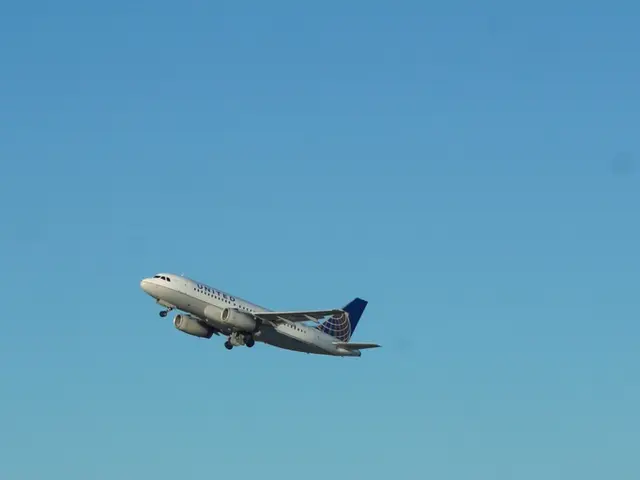Nailing Aviation Radio Communication: A Guide
Enhancing Your Radio Engagements in 6 Easy Steps:
Cruising the skies has its own ladder of learning, and air traffic communication is one of the most crucial steps. Here's how to get it right:
1) Anticipate the chat
Being able to predict when ATC will reach out saves you from being taken aback. It's a skill that comes with miles on the sky.
2) Take it slow
Aircraft radios can be gruff, so articulate every word slowly to minimize misunderstandings. Pace yourself like a pro.
3) Jot down the specifics
Be ready to scribble down any taxi clearance or your IFR route. ATC can sometimes share a long list, and you don't want to ask twice!
4) Know the dialect
Not sure how to phrase something? Toss a glance at the Aviation Slang Dictionary.
5) Keep the mic close
The further the microphone strays from your mouth, the more background noise it catches.
6) Plan your dialogue before you chime in
Follow this template to give a structured reply:
- Who are you talking to? (ATC)
- Who are you? (Aircraft's N-number)
- Where are you? (Location)
- What do you need? (Request clearly)
Got more tips? Drop them in the comments below.
Ready for flying lessons? Connect with ATP Flight School and kickstart your aviation journey right here!
Want to become a smarter pilot? Subscribe to the Boldmethod email, and you'll get real-world flying tips direct to your inbox! 💪
Need more insights to master air traffic communication? Here are some extra suggestions:
Tips for Expert Aviation Radio Communication:
- Speak Clearly: Clear, concise, and enunciated words prevent misinterpretations.
- Practice Patience: Having to ask for clarification is normal; don't rush through the communication.
- Be Thoughtful: Plan out your messages and stick to the point to avoid confusion.
- Up Your Listening Skills: Pay close attention to incoming transmissions to minimize misunderstandings.
- Confirm Instructions: Make sure to confirm the instructions you receive to avoid unnecessary errors.
- Use Correct Call Signs: Always use the correct call sign for your aircraft and the ATC facility.
- Limit Unnecessary Chatter: Keep the frequency clear by limiting non-essential conversations.
- Check for Readability: Pre-empt confusion by confirming your messages are clear to the receiver.
- Study Local Procedures: Familiarize yourself with the unique communication protocols of the airfields and regions you'll operate in.
- Regular Practice: Regular practice refines your communication skills, so commit to training sessions and practice flights! ✈️💯
- In the aviation industry, understanding and mastering air traffic communication is a critical step in becoming a successful pilot.
- Aviation radio communication can be challenging, but with practice, patience, and the right techniques, it can be mastered.
- Clear, concise, and articulate communication is essential for avoiding misunderstandings during flight.
- Aviation slang can vary, so it's essential to familiarize yourself with the common terms and phrases used in the aviation world.
- When transmitting radio messages, keep the microphone close to your mouth to minimize background noise.
- To respond effectively to ATC, follow a structured format: identify yourself, state your location, describe your needs or requests, and confirm the instructions received.
- To be a smarter pilot, practice clear communication, active listening, and learning from the Aviation Slang Dictionary, local procedures, and continuous training.








